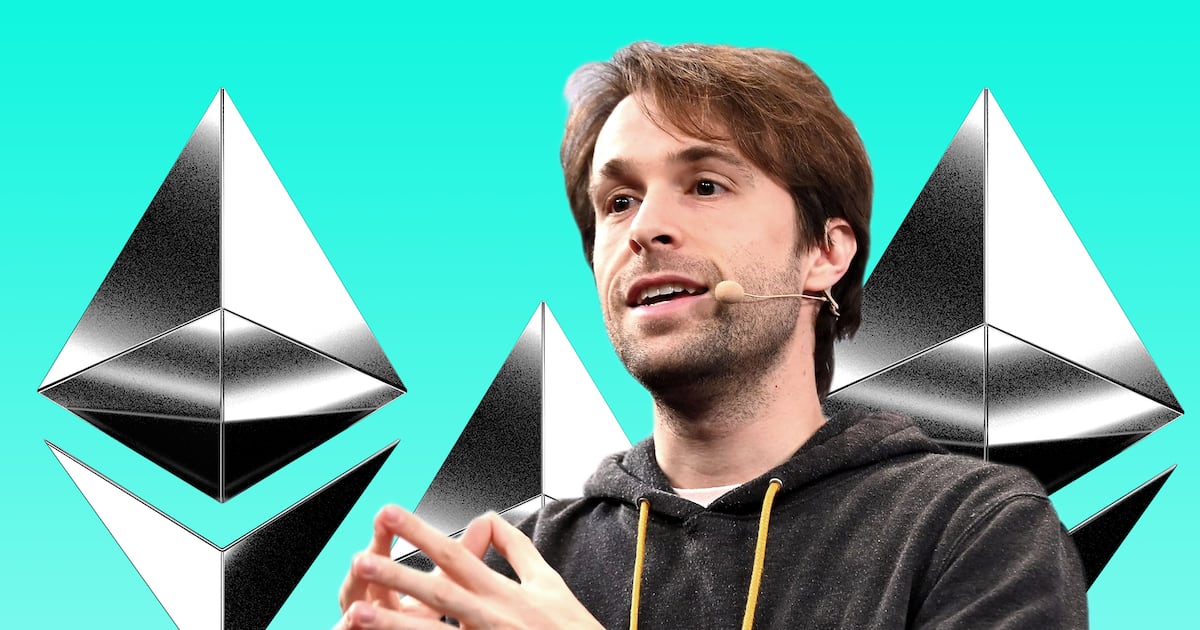- The Decentralised
- Posts
- Ethereum locks in 🧘♀️
Ethereum locks in 🧘♀️
Ethereum developers are reconsidering their focus on layer 2 blockchains and esoterica.
GM, Aleks here.
Ethereum is like an onion — it’s got a lot of layers. There’s layer 1, aka mainnet, aka Ethereum. There are dozens of layer 2 blockchains, aka rollups. And then we have the so-called social layer.
It’s a fancy term for everyone who cares about Ethereum. And it’s notched some big wins. Last year, activists convinced some of the industry’s largest companies to reconsider their overreliance on a single piece of software, potentially saving the blockchain from a catastrophic breakup.
Now, it seems the social layer has won another battle. It has convinced the Ethereum Foundation to reconsider the path to mass adoption.
The nonprofit is the most important player in the blockchain’s ongoing development. On Monday, its new co-directors said they had three priorities for the next year: making Ethereum more performant, ensuring layer 2 blockchains remain affordable, and improving user experience.
For years, the road to mass adoption has run through layer 2 blockchains. As I mentioned in last week’s newsletter, Ethereum developers envisioned mainnet as a premium product: it would be slow, it would be expensive, but it would remain super-decentralised and super-secure. Layer 2 blockchains would be the people’s blockchains: fast and cheap.
Today’s layer 2 blockchains are indeed fast and cheap. And yet there’s been a mutiny of sorts over Ethereum’s rollup-centric roadmap.
Critics have assailed the Ethereum Foundation for focusing on esoteric research rather than Ether’s price and improving mainnet and user experience.
The foundation got the memo.
“We will focus on speed of execution, accountability, clear goals, objectives, and metrics to track. We will be focused on the success of the Ethereum mainnet protocol,” one of the co-directors, Tomasz Stańczak, wrote on Monday.
“Ahead of us is a focus on making the entire ecosystem of chains feel like one by delivering the best UX, design, and interoperability.”
As if to demonstrate this renewed focus on the Things That Matter, Ethereum developers on Monday scrapped a planned upgrade over concerns it wasn’t strictly necessary.
To be clear, most Ethereum developers aren’t foundation employees, and the decision wasn’t the foundation’s to make. But it was the latest evidence Ethereum developers have adopted a “wartime” mindset.
For years, they had worked on an upgrade to the Ethereum Virtual Machine, the software that executes smart contracts.
Dubbed EVM Object Format, the upgrade would have improved the developer experience, among other things. EOF was to be included in Fusaka, an upgrade slated for the latter half of 2025.
But it was complicated, there were still issues to be worked out, and, in the end, what did it really improve for end-users? Ethereum developers agreed over Zoom on Monday to remove it from Fusaka and to revisit the proposal at a later date.
“This is a MASSIVE milestone,” Storm Slivkoff, a research partner at venture capital firm Paradigm wrote on X.
“It is symbolic of Ethereum turning a new page and evolving toward maximal consideration of User Impact.”
Top DeFi stories of the week 🤖
This week in DeFi governance ⚖️
Post of the week 💥
Coinbase’s Base blockchain caught some flak recently for its shameless embrace of memecoins. But let’s be real: it’s just giving the people what they want.
People aren’t jaded that Base is meeting the market where it’s at, people are jaded that this is where the market is at
— Gwart (@GwartyGwart)
9:54 PM • Apr 21, 2025
Got a tip about DeFi? Reach out at [email protected]
DL News is an independent news organisation that provides original, in-depth reporting on the largely misunderstood world of cryptocurrency and decentralised finance. From original stories to investigations, our journalism is accurate, honest and responsible.
Forwarded by a friend? Subscribe here.








